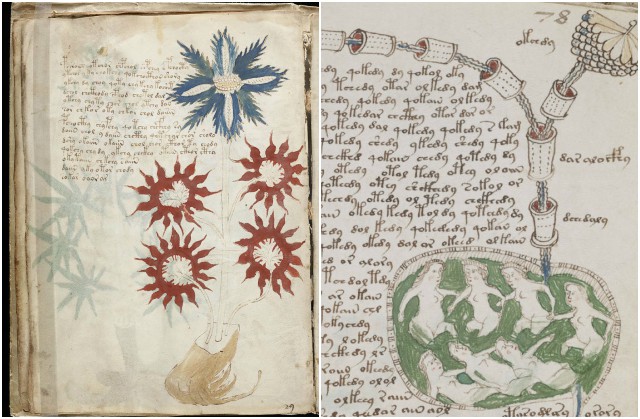Probably written in the late 15th century, the Voynich Manuscript is known as “The most Mysterious Manuscript in the World”. It is written in a language that no one understands or has ever managed to decode. Besides the written text, it contains unique illustrations of various plants, stars, diagrams, chemical secrets, mysterious human figures, and other cosmological, pharmaceutical, biological, and herbal illustrations.
The book has neither title nor author’s name on its cover. Originally, it consisted of 116 folios, but 14 of them are missing today. In 1912, a book dealer named Wilfried Voynich bought the manuscript from an Italian Jesuit college. Wilfried claimed that he found a letter inside the manuscript which named some of the previous owners of the book who had lived in the early 17th century.
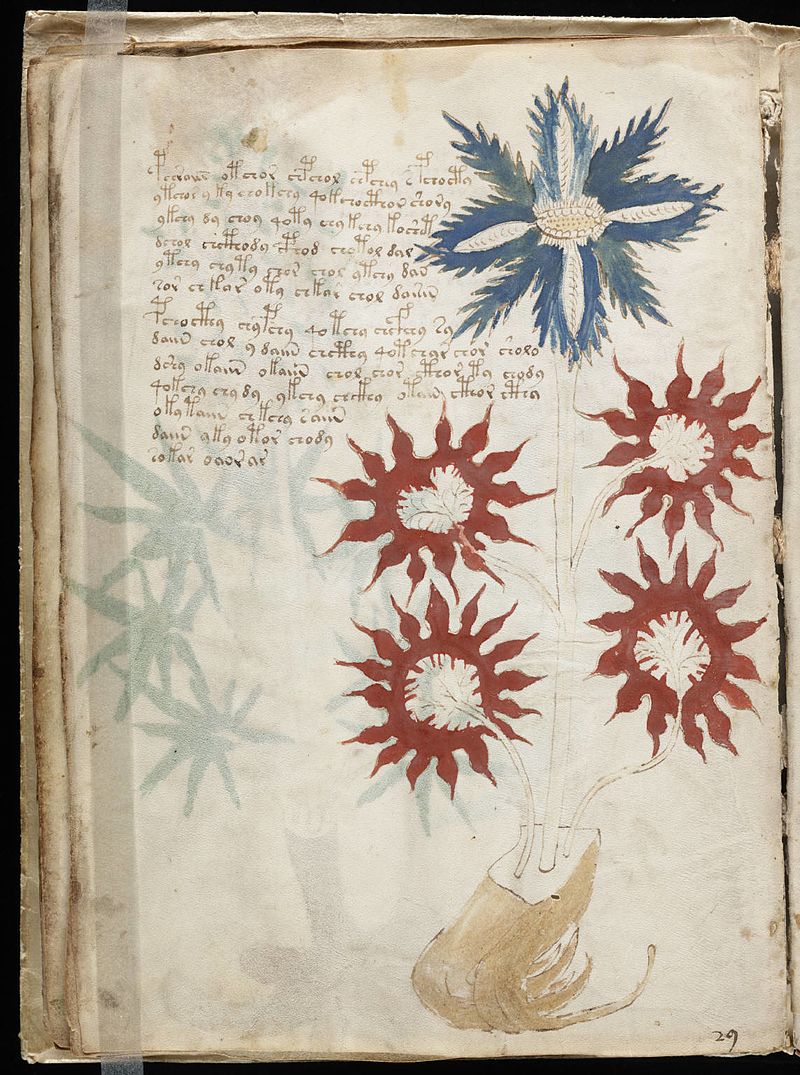
According to the letter, Rudolf II, Holy Roman Emperor from 1576 to 1612, bought the book from John Dee or his associate Edward Kelley for two kilograms of gold. He later passed it to his doctor Jakub Horcicky, who in turn gave it to Georg Baresch, an antique collector. In 1662, before his death, Baresch gave the book to his friend Jan Marek Marci, a Bohemian doctor. He later transferred it to Athanasius Kircher in 1666.
On the basis of the letter, Wilfried offered a highly improbable theory that the manuscript had been written by Roger Bacon in the 13th century.
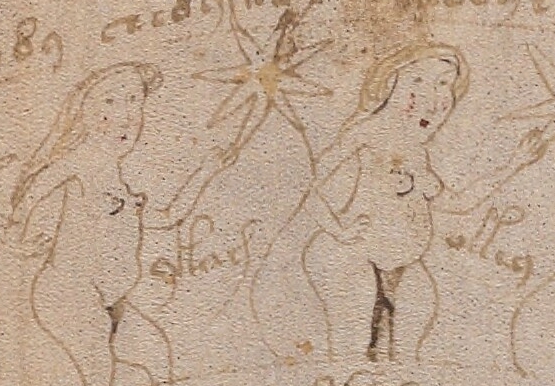
It still remains a mystery what the book is exactly about. According to some theories, it contains early discoveries and inventions. Others think that the book was written by a medieval quack who wanted to impress his clientele. Also, there are theories that it is a prayer book or even a meaningless string of characters, a fraud used for monetary gains.
Many scholars have tried to decode the Voynich Manuscript. A faded cipher table on the first folio suggests that there had been attempts for deciphering the text even before Wilfried found it. Wilfried contacted many experts with hopes that some of them will be able to decipher the manuscript or at least some parts of it.
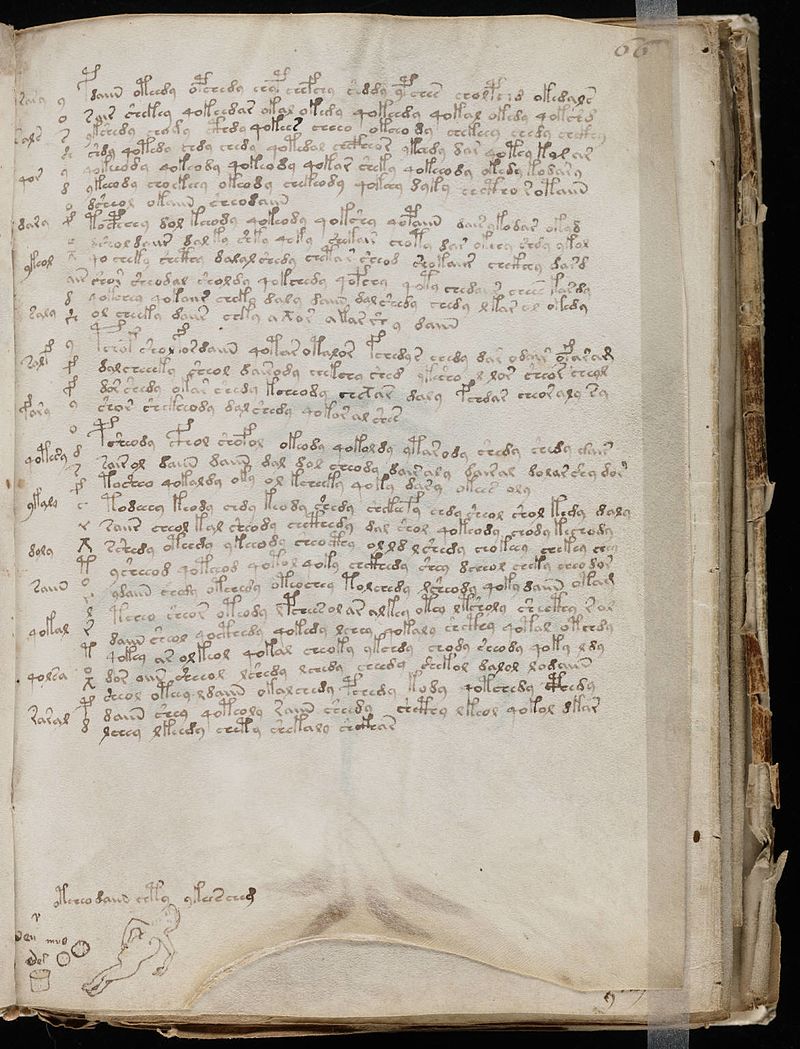
The first one who tried to decipher the manuscript in the 20th century was William Romaine Newbold. However, his efforts didn’t show any particular progress. He thought that the pen strokes hid some real meaning, but it turned out that they were, in fact, simply cracks in the manuscript’s ink caused by age.
Some botanists including Theodor Holm and Hugh O’Neill managed to identify up to 16 plant species mentioned in the manuscript. The historians Erwin Panofsky and Salomon shared the opinion that the manuscript was written in the 15th century and probably has a German origin.
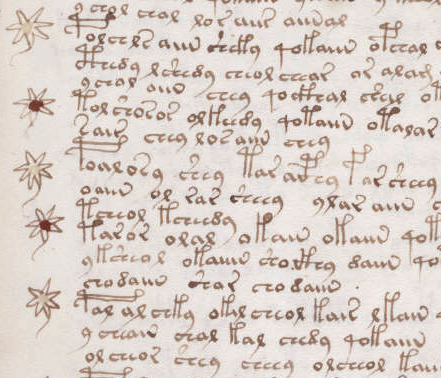
Others who tried to solve the mystery of the Voynich Manuscript were William Friedman and his wife Elizabeth – famous cryptographers. They worked together with many other scholars. They thought that the text was constructed according to strict logical principles.
However, they never really managed to decipher the text. Friedman thought that the text was a treatise composed in an artificial language.
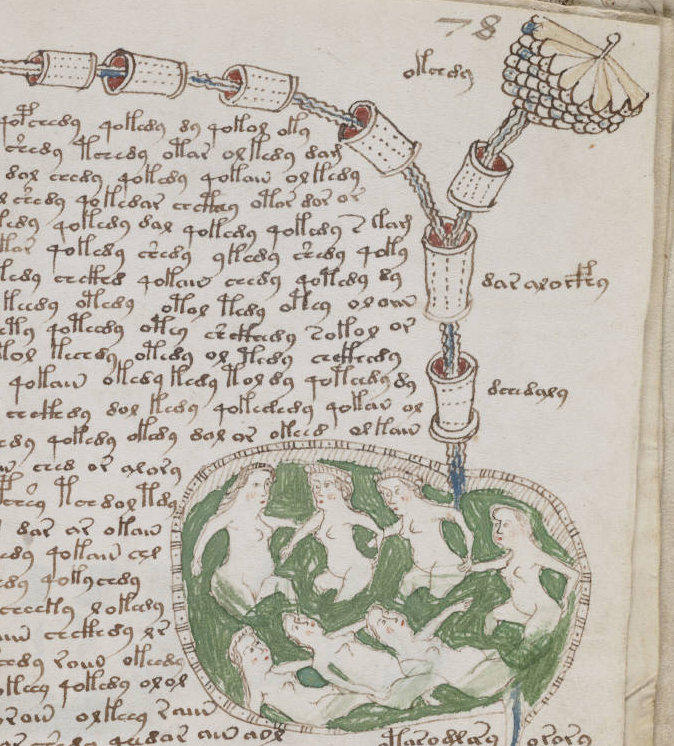
According to some linguists, the manuscript represents a lost or badly translated language. Some characters appear just once and other appear only in certain parts of the manuscript.
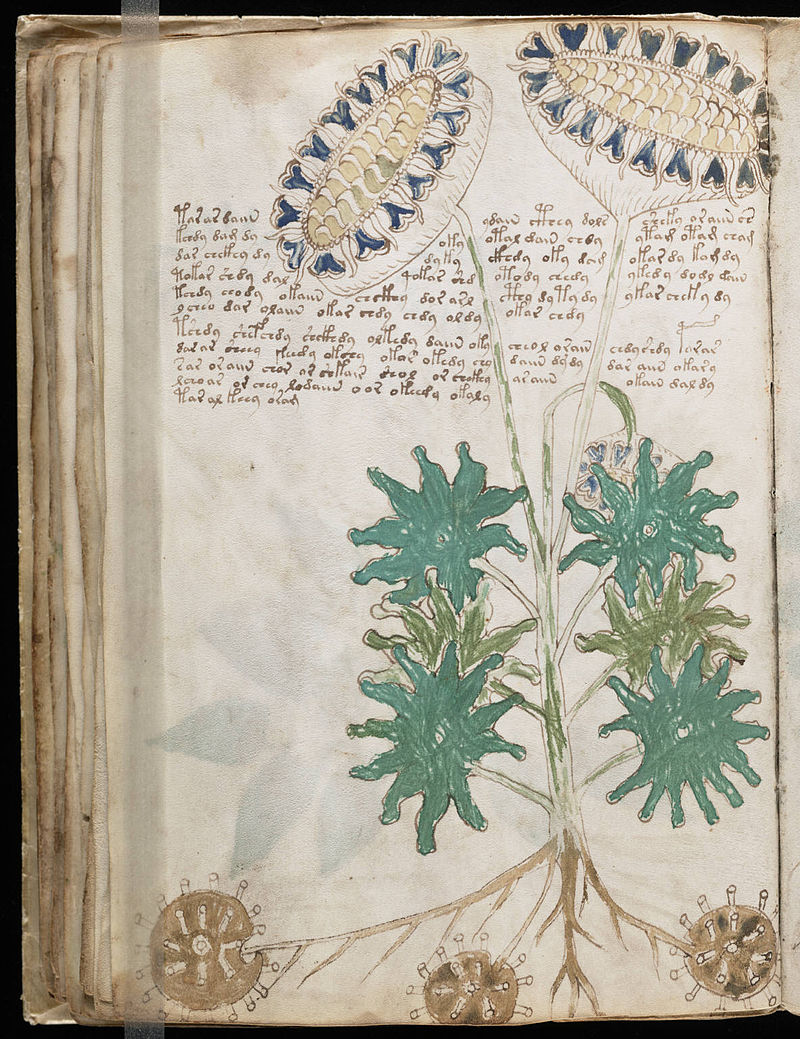
Many professional and amateur cryptographers tried to solve the codes of the manuscript, but no one has ever succeeded. This is why many believe that the manuscript itself was created as a hoax.
Today, thanks to the internet, the Voynich Manuscript is available for anyone who would like to try to decipher it. For now, it still remains a mystery.
